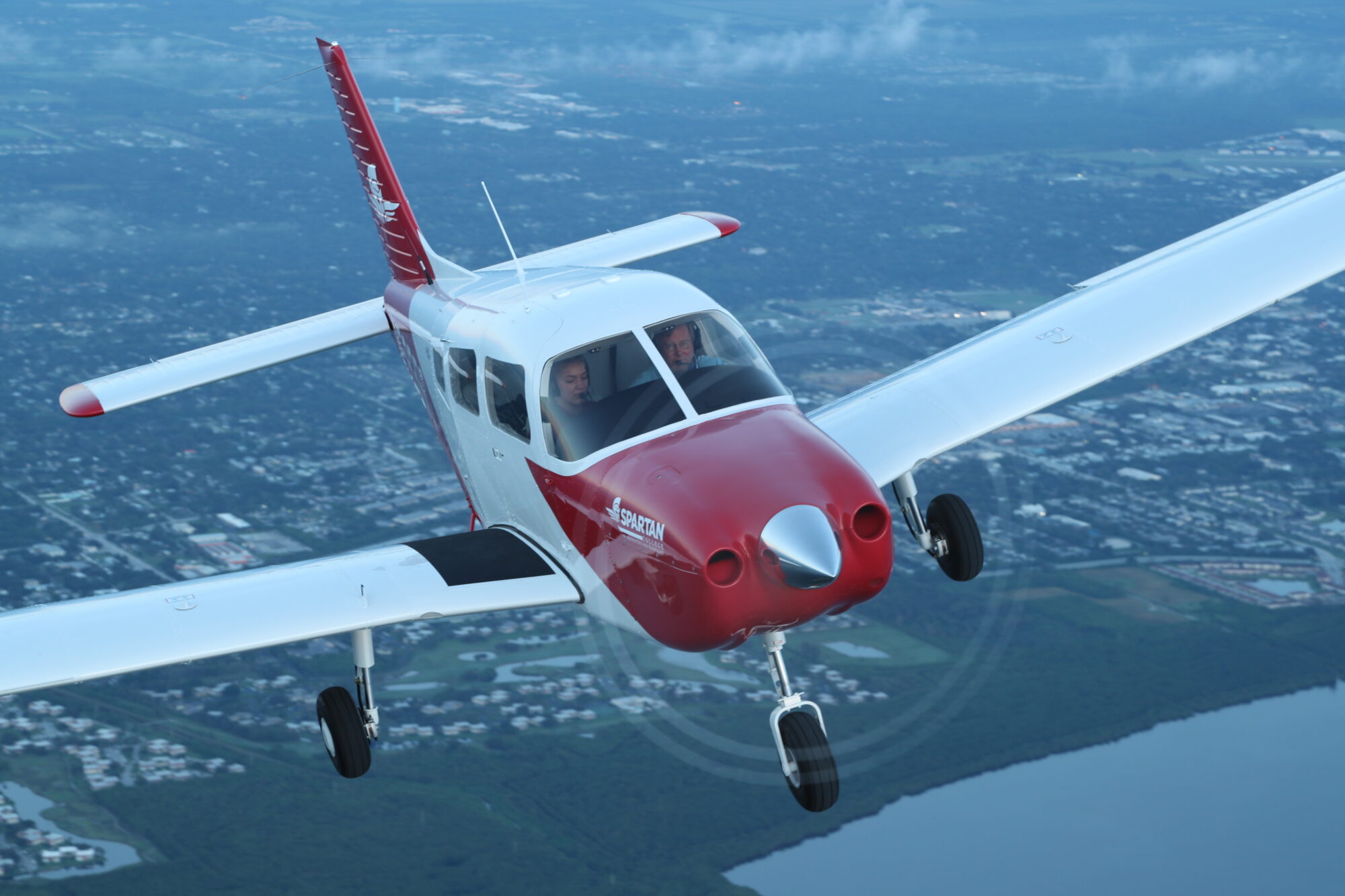Are you dreaming of becoming a pilot? The thrill of exploring the world from above is something that many people aspire to experience. But becoming a pilot isn’t just about having a dream — it’s about putting in the time, money, and effort to make that dream a reality.
Whether you’re interested in becoming a professional pilot for your career or are just looking to fly for fun, you might be wondering where exactly to start. So, we’re answering the most common questions we hear from aspiring pilots and taking you through the basic steps of what it takes to start on your journey to the skies.
How Long Does It Take To Become a Pilot?
The amount of time it takes to become a pilot depends on a number of factors, including the type of pilot’s license you are seeking, the country in which you are training and your dedication and willingness to learn the necessary skills and material. But to determine how long it’ll take you, you’ll need to account for training both in the skies and on the ground.
In general, it takes a minimum of 40-60 hours of flight time to obtain a private pilot’s license, which allows you to fly small aircraft for personal use. To become a commercial pilot, which will enable you to fly for hire, you’ll need a minimum of 250 hours of flight time and more advanced training.
In addition to training in the air, you’ll also need to complete a certain number of ground school classes. These classes cover crucial topics you’ll need to be familiar with as a pilot, including aviation regulations, aircraft systems, navigation, and meteorology. These classes can be completed online, in a classroom or through a hybrid program.
Overall, the process of becoming a pilot can take several months to several years, depending on your circumstances and the type of pilot’s certificate you desire. Some flight schools offer accelerated programs that allow students to finish training faster than average. However, these programs typically require full-time availability, so they may not be the best fit if you plan to complete training while attending high school or college or working a full-time job.
Bottom line? Becoming a pilot requires significant time, effort and commitment. If you’re passionate about this career path, it’s important to be patient and stay focused on your goals, regardless of how long it takes you.
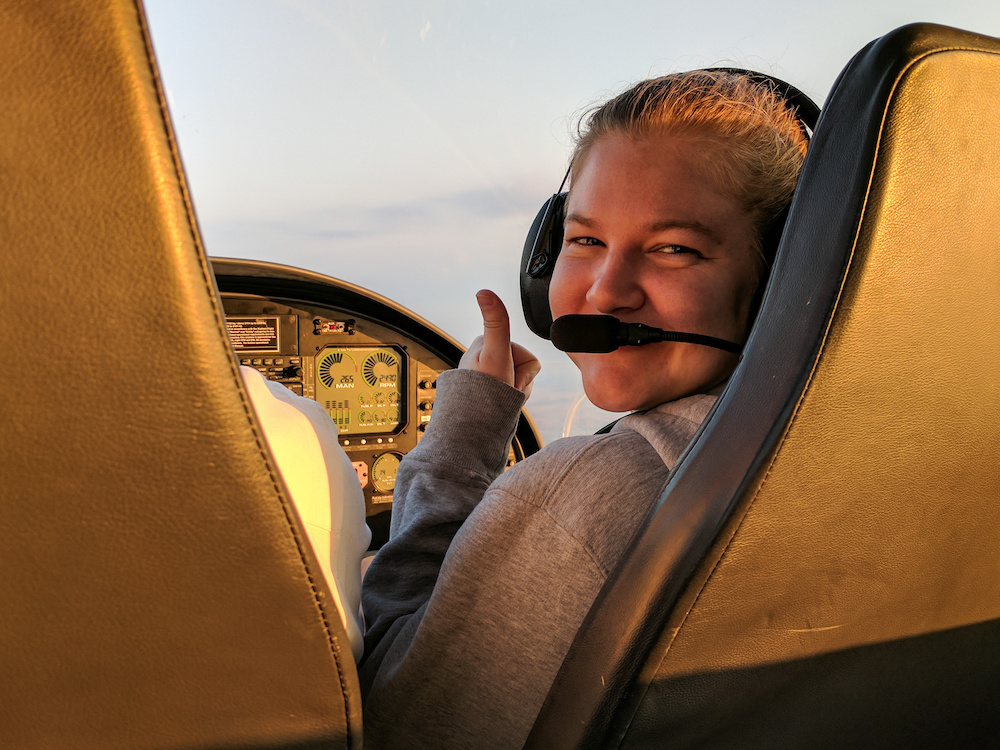
How Hard Is It To Become a Pilot?
To become a pilot, you must complete a certain amount of flight training and pass a series of knowledge exams. You’ll also need to pass an oral exam and practical test, during which you will demonstrate your aeronautical knowledge and flying skills to an examiner.
In addition to the technical skills and knowledge required to become a pilot, you will also need good physical coordination and mental focus, as well as the ability to handle stress and make quick decisions. Pilots are responsible for the safety of their passengers and crew, so they must be able to perform their duties effectively and efficiently.
Overall, becoming a pilot is a challenging but rewarding process. Even though flight training requires a lot of hard work and dedication at times, students have access to a wide range of resources to help them accomplish their flight training. Student pilots fly with a Certified Flight Instructor who is trained to provide one-on-one assistance and help students succeed. When your flight training is complete, the sense of accomplishment and the opportunity to pursue a fulfilling career make it well worth the effort.
Take our quiz to see if you have what it takes to be a pilot!
What Is the Best Age To Become a Pilot?
No particular age is considered the “best” age to become a pilot. In the U.S., you can earn a student pilot certificate beginning at age 16, a private pilot certificate at age 17, and commercial pilot at age 18 — but these are minimums, not maximums! Many people learn to fly much later in life, even into their 70s and 80s. As long as you can hold an FAA medical certificate, you can hold a pilot certificate. If flying has been a lifelong dream, there’s no reason to let age hold you back!
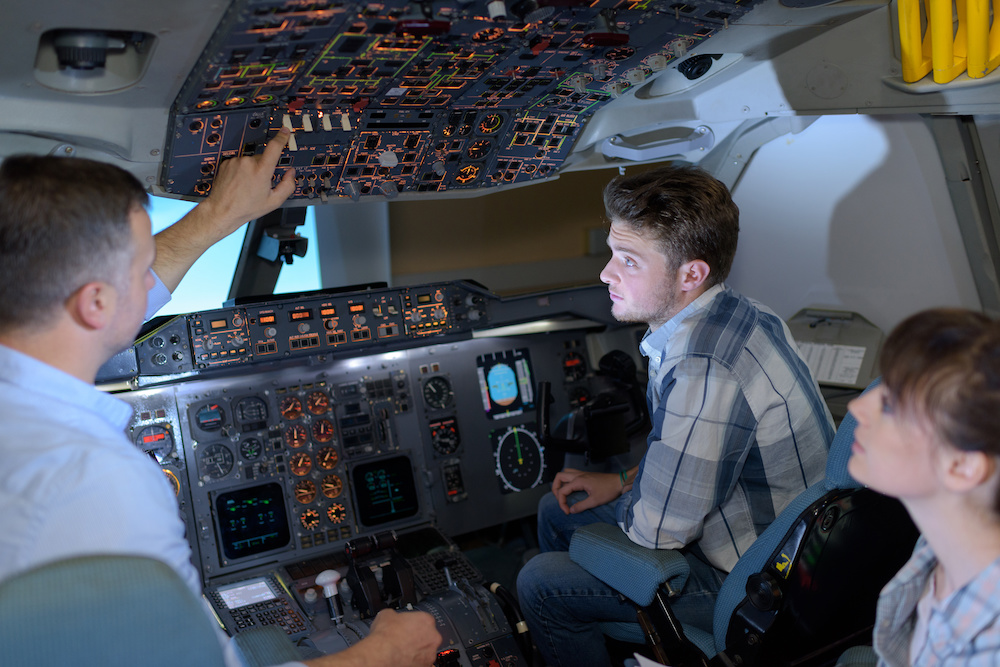
What Qualifications Do You Need To Become a Pilot?
To become a pilot, you will need to meet specific qualifications, which vary depending on the type of pilot’s license you are seeking and the country in which you are training. In general, you’ll need to:
- Meet the minimum age requirement: This varies from country to country and based on the type of aircraft you wish to operate. Research your local aviation laws and regulations ahead of time.
- Meet the minimum education requirement: The specific educational requirements prospective students need to meet depend on the school you choose to train at. Some pilot training programs require applicants to have at least a high school diploma or equivalent, while others allow students to begin training while still in high school. Certain universities also offer aviation programs that allow students to earn their pilot’s license alongside a four-year degree. For more information on the requirements for flight schools near you, check out our list of Piper Flight School Alliance partners.
- Pass a medical examination: Pilots must pass a medical examination to ensure they are physically and mentally fit to fly. In the U.S., pilots must be examined and approved by an FAA-designated Aviation Medical Examiner (AME) to obtain a Medical Certificate. This examination includes a physical exam, vision and hearing tests, and a review of your medical history. The FAA suggests getting your Medical Certificate before beginning flight training. Your certification class should be based on your career goals. Private pilots and students only need a third-class certificate. Commercial pilots need a second-class certificate, while airline transport pilots need a first-class certificate.
- Meet language proficiency requirements: Pilots must be able to speak and understand English, as it is the international language of aviation. Some countries may have additional language proficiency requirements for pilots.
What Certifications Do You Need To Become a Pilot?
In order to become a pilot, you’ll need to obtain a pilot certificate and complete the required training. The specific type of pilot certificate you will need depends on the flying you want to do and the type of aircraft you wish to fly.
In the United States, the FAA issues several types of pilot certificates and ratings, including:
- Private pilot certificate: Allows you to fly small aircraft for personal use. To obtain a private pilot certificate, you will need to complete a minimum of 40 hours of flight time and pass written, oral and practical exams.
- Instrument rating: An instrument rating demonstrates that you can fly solely by referring to your aircraft’s instruments. It is arguably one of the most valuable ratings you can add to your pilot certificate and is a fun and challenging discipline of flight training. An Instrument Rating gives you the opportunity to fly in more varied meteorological conditions. You will need to complete at least 15 hours of instrument flight training from an authorized instructor in the aircraft category for the instrument rating you’re seeking, along with a minimum of 40 hours of actual or simulated instrument time.
- Commercial pilot certificate: Allows you to fly for hire. To obtain a commercial pilot certificate, you will need to complete a minimum of 250 hours of flight time in addition to written, oral and practical exams.
Depending on the direction you would like to point your career, there are other certificates and ratings you can pursue once you become a commercial pilot. Typically, to pursue a career in aviation, you will have to meet the hiring hour minimums for your desired company. These will vary depending on what field of the industry you choose. There are many ways to build this flight time, but one of the most common methods is to become a Certified Flight Instructor. As an instructor, you’ll use the skills and knowledge you’ve built up over the course of your flight training to help future pilots build the competence they’ll need to be safe and successful aviators.
If instructing isn’t for you, there are other job opportunities where you can use your commercial certificate to build time and gain valuable experience, such as aerial survey, agricultural flying, towing banners, working as a ferry pilot, and more. Once you build the flight time required, you’ll be ready to take your aviation career to the next level.
In addition to these certificates, pilots may need to obtain additional ratings or endorsements to fly certain types of aircraft or to fly in certain conditions. For example, a pilot may need a multi-engine rating to fly a multi-engine aircraft. It’s important to carefully research the specific requirements for the flying you want to do and to work with a Certified Flight Instructor to ensure that you’re adequately trained and prepared.
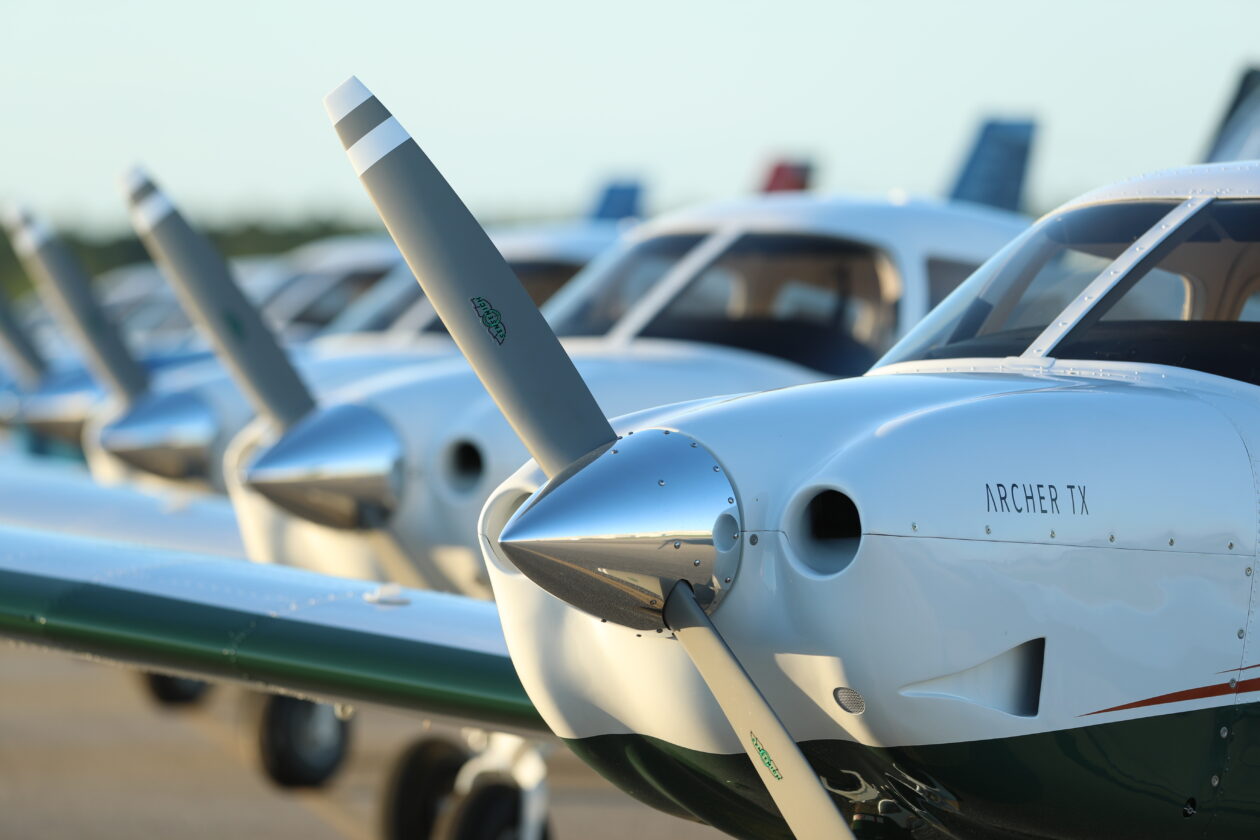
Is It Expensive To Become a Pilot?
With all that flight time, training, and certification, becoming a pilot can be expensive. The specific cost of your pilot training depends on a number of factors, including the type of license you are seeking, the location and duration of your training, and the type of aircraft you are using for your training.
Generally, the cost of pilot training can range from several thousand dollars for a private pilot’s license to tens of thousands of dollars for training through more advanced certificates and ratings. These costs include flight time, ground school classes, exam fees, and other training expenses.
It is important to carefully research the cost of pilot training before you begin and prepare for the financial investment involved. Some people may be able to offset the cost of training through scholarships or grants, while others may want to save up and pay for training out of pocket. Many students in training are aided by loans or other financing options, so regardless of your financial situation, take time to explore your options!
How To Pick a Flight School
Choosing a flight school can be a challenging process, but it’s an important decision that can greatly impact your future as a pilot. It may be a good idea to tour the flight school so you can physically see the aircraft and interact with the instructors at the school to ensure it will be a good match for you. Additionally, many flight schools offer what’s called a Discovery Flight, where you have the chance to fly with a Certified Flight Instructor and try flying in a small flight training aircraft for the very first time. A Discovery Flight is a wonderful tool to help determine if becoming a pilot is the right choice for you.
Another parameter to consider when choosing a flight school is the school’s location. Aside from the convenience of finding a flight school near you, you may also want to consider the local weather conditions, as they may impact your training. Schools in areas with a lower cost of living may also be more affordable overall. You can also speak with current students and instructors to see how their training experience has been at that particular location.
It’s also smart to examine the types of aircraft the school uses for training and whether they are well-maintained. Aircraft availability and reliability are two important parameters to consider at your prospective flight school. If you’re looking for a school with Piper aircraft as part of its fleet, our Flight School map lists high-quality flight schools all over the world. Piper aircraft are consistently rated as some of the best to learn to fly in, having been used to train student pilots for decades.
If you’re ready to start your journey to becoming a pilot, find a flight school near you today!
Find a Flight School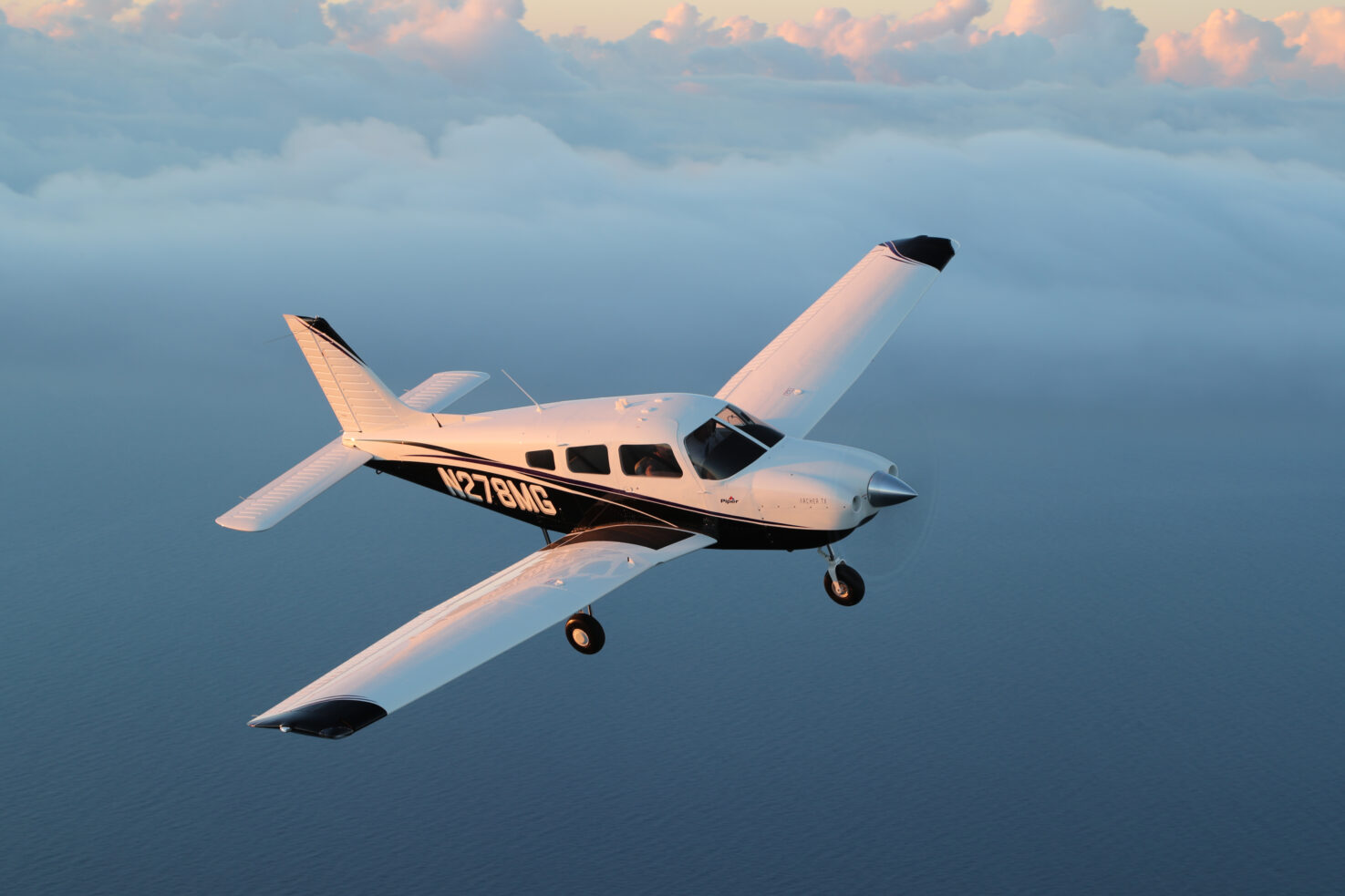

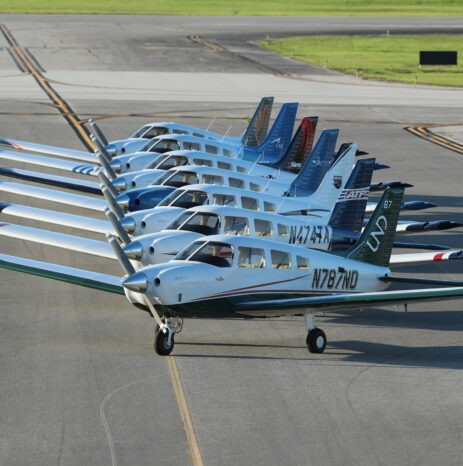
![Do You Know What It Takes to Be a Pilot? [Quiz] 15 A pilot preparing a Piper aircraft for takeoff](https://www.piper.com/wp-content/uploads/2022/05/image2-463x466.png)
